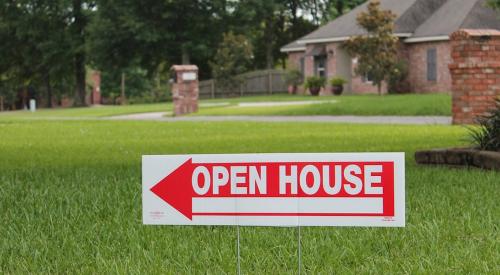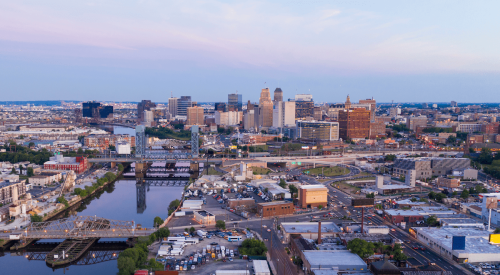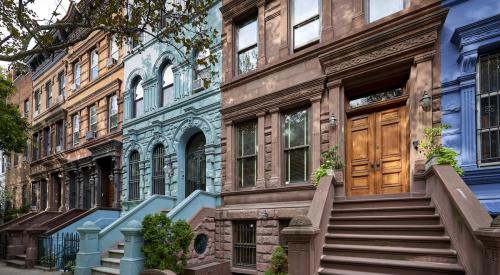For those interested in brushing up on economics, November’s housing market was a classic case of supply and demand. Housing prices increased by five percent year-over-year in November, and much of this increase is attributed to the largest decline in housing inventory year-over-year since 2013. Inventory fell 12 percent last month, and even affordable cities are seeing bumps in prices as Americans try to find housing that meets their budget. Only one lonely city on Redfin’s list saw a year-over-year decline: San Jose, California—not exactly the poster child of affordability.
U.S. home-sale prices increased 5.2% year over year in November to a median of $311,600 across the 217 metros Redfin tracks. The increase was the largest since July 2018, when home prices were up 5.6% from a year earlier. Home prices were flat between October and November, which is a bit weak compared to the average 0.7% increase between those months over the past seven years.
“Given that inventory is falling quickly, we’d expect to see even stronger price growth, especially when compared to last year’s soft market,” said Redfin chief economist Daryl Fairweather. “The fact that homes are selling faster indicates that there are buyers ready to pull the trigger and take advantage of low interest rates. If lack of inventory and high demand continues, buyers who take a wait-and-see approach could face less favorable conditions in the spring season like bidding wars and faster price growth.”
Affordable metro areas again saw the biggest home price gains in November. For the fifth month in a row, the nine metro areas with the biggest gains all had median sale prices below the national median, led in November by Camden, NJ (median price $200,000, up 14.3%), Detroit ($140,000, +12.0%) and Bakersfield, CA ($249,999, +11.6%). For the first time in five months, the metro area with the 10th-largest price gains in the nation was one with a median price above the national median: Salt Lake City ($345,000, +9.5%).













